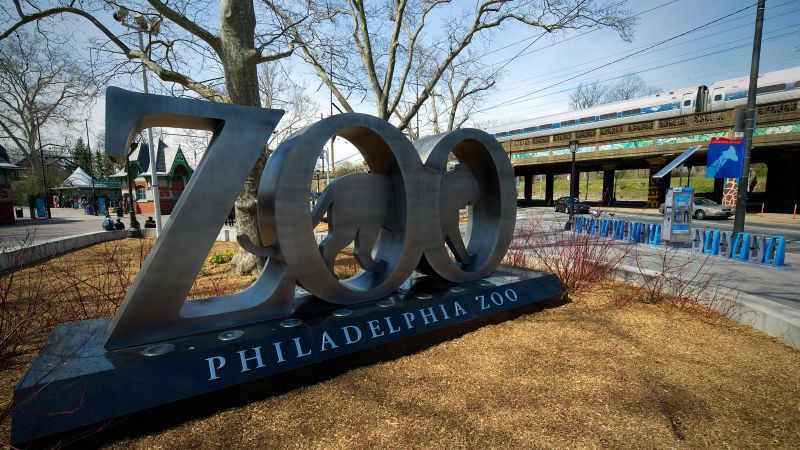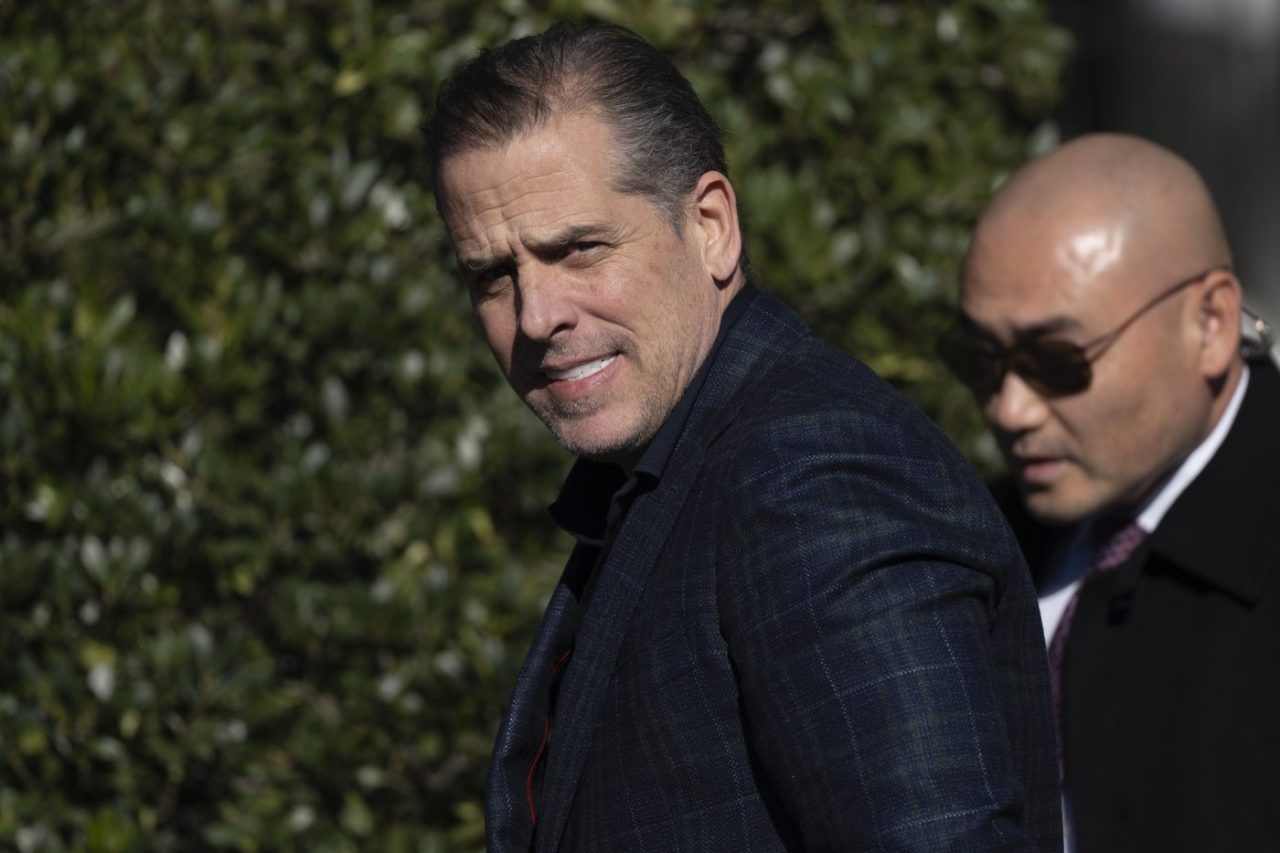Philadelphia Zoo officials say dye may have killed its five meerkats
CNN —
In less than two weeks, all five of the Philadelphia Zoo’s meerkats died. Now, the zoo needs to find out why.
“We had five meerkats that passed between June 1st and Monday,” Amy Shearer, chief experience officer for the zoo, said Wednesday in a phone interview. “The whole staff is devastated.”
The deaths could have “possibly” been caused by an agricultural dye called Nyanzol-D, she said.
“The Zoo is pursuing the possibility that the dye that has been used for 30 years to differentiate some of the animals may have caused a toxic reaction,” Shearer said.
The group of meerkats were siblings named Nkosi, Lula, Ari, Kgala and Nya, and had been at the zoo since 2013, according to Shearer.
The zoo also uses Nyanzol-D on its small primates, according to Shearer, though it has now stopped using the chemical due to the recent fatalities. The dye had been used on the meerkats before, and none of the other animals at the zoo are sick, she said.
Shearer explained that on June 1, keepers came to work and noticed unusual behavior among the meerkats.
They called the veterinary team, and quickly the first meerkat passed away. The team took the rest to a veterinary facility on campus, but that afternoon, three more died. The last one died this week.
It is unknown whether the product itself is to blame, the particular batch of the product or the application of it, Shearer said, adding that not only does the Philadelphia Zoo need to get to the bottom of what happened, but peer institutions need to know as well.
Shearer said the zoo is working with Association of Zoos and Aquariums, along with the US Department of Agriculture, to determine the official cause of the animals’ untimely deaths.
While there’s no definitive timeline on when the investigation will be complete, Shearer said it could take “weeks or months.”
The Philadelphia Zoo, located near downtown Philadelphia, first opened its doors in 1874, and describes itself as “America’s first zoo.” It houses “more than 1,900 rare and endangered animals,” according to its website.
Source: CNN


